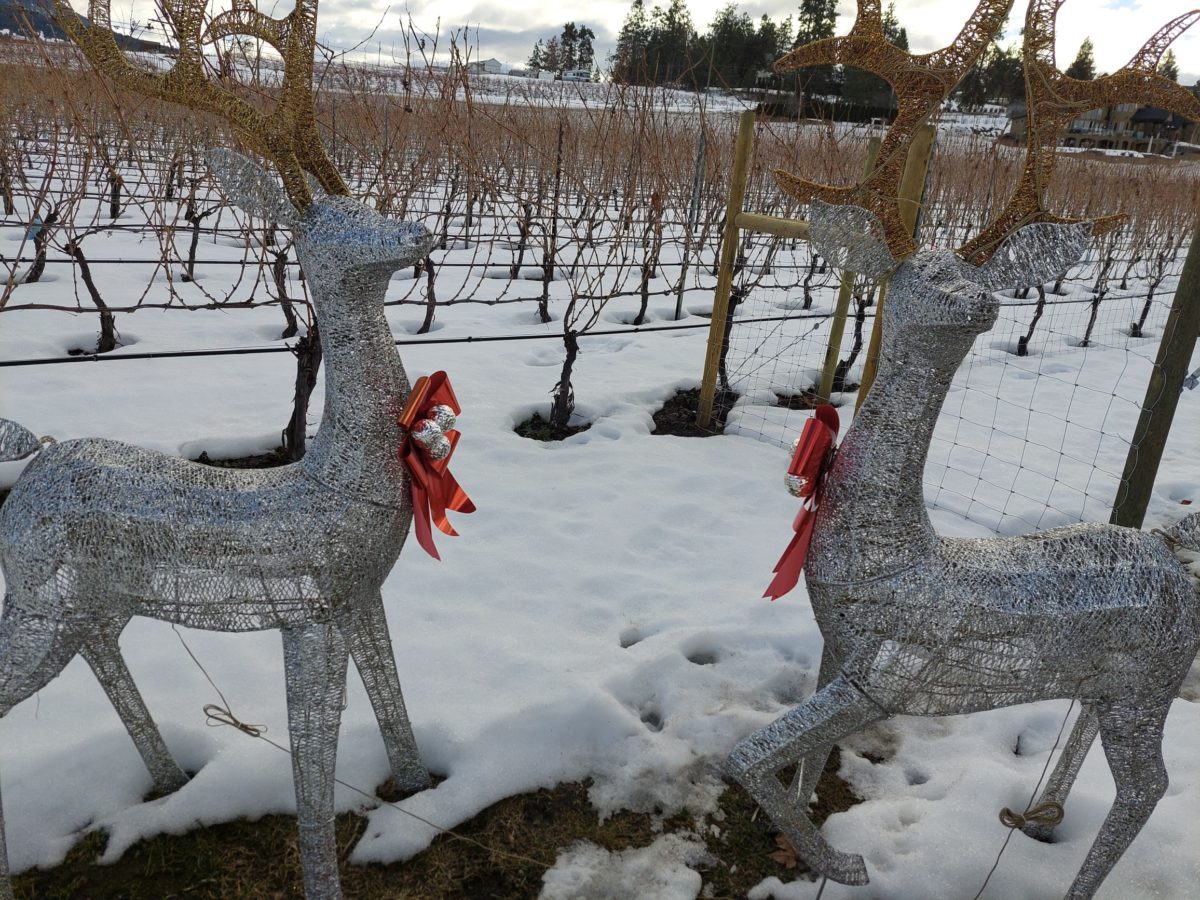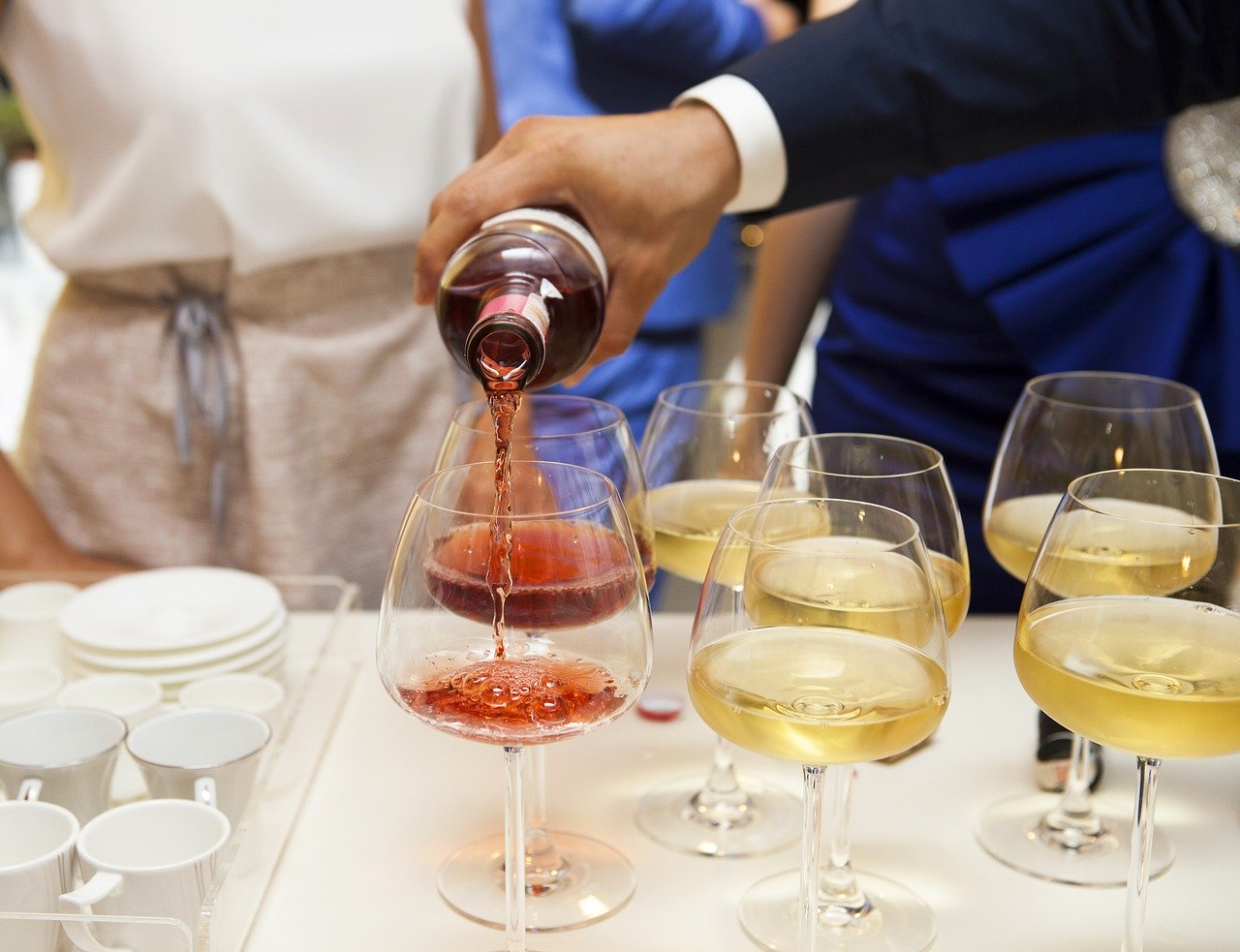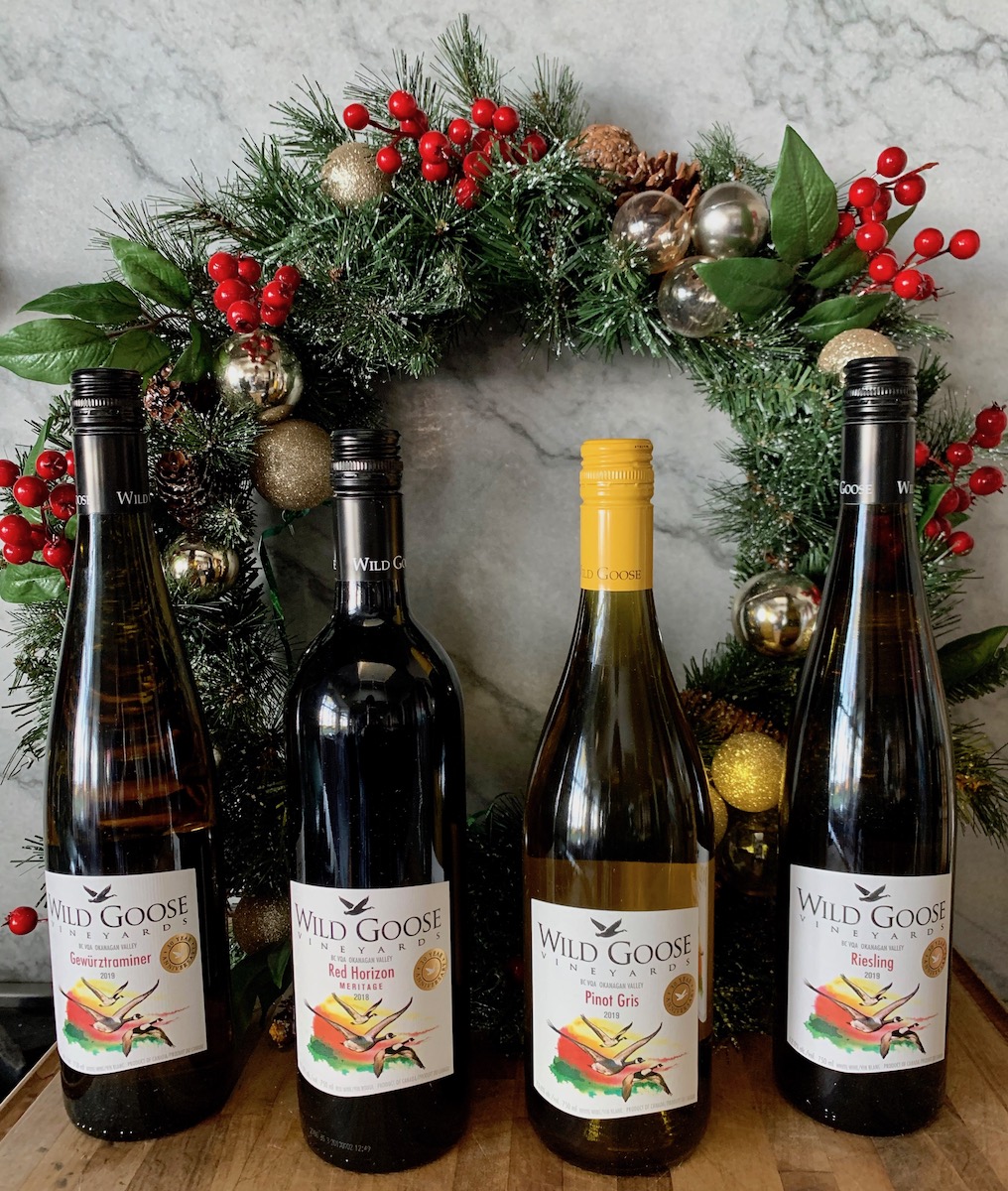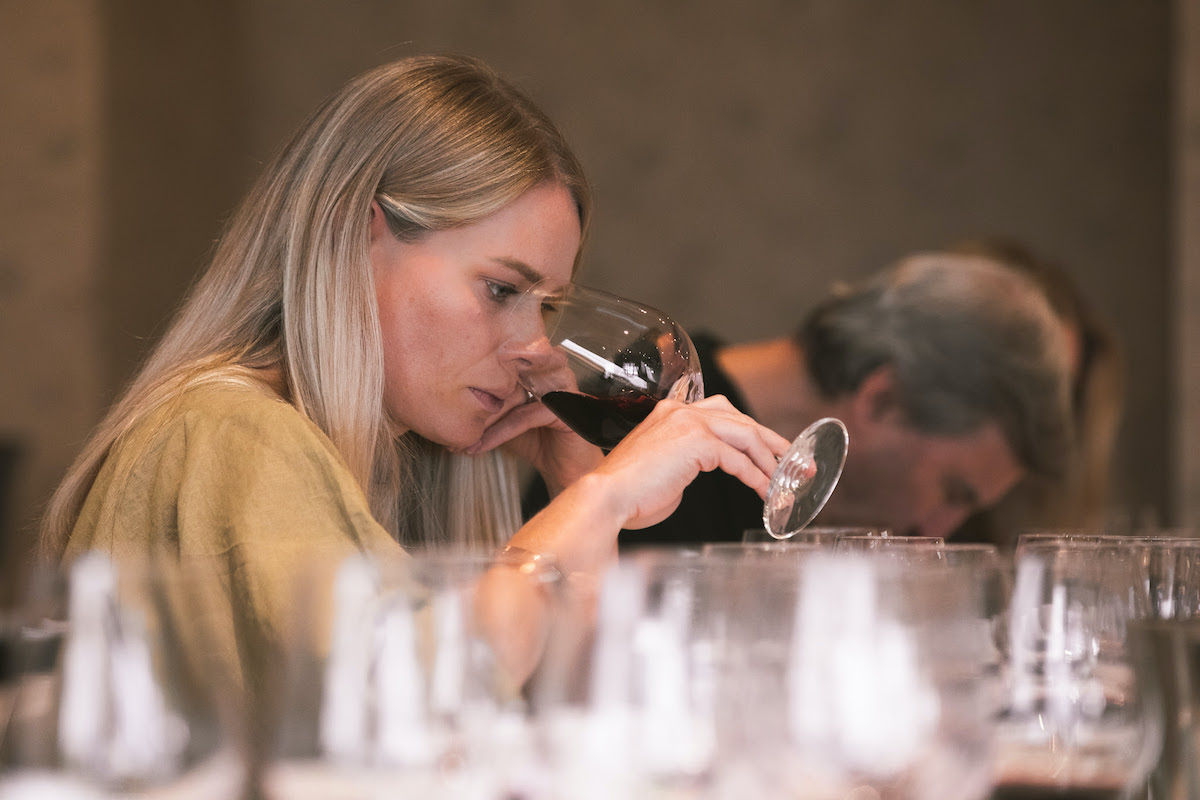A while ago, a friend asked me if I had heard how the vines were doing here in the Okanagan given some cold temperatures this winter. Overnight temperatures in December dipped as low as – 27.4° C in Kelowna and – 20.6° C was reported in Penticton. The good news is that those deep freezes didn’t last long. The average low in Kelowna was only – 9.1° C and – 7.4° C in Penticton. January was a little better with – 21.8° C (– 5° C average) for Kelowna and – 16° C in Penticton (– 3.6° C average overnight low).
Some may not be aware, but it is very important for vines to ‘rest’ and recuperate after harvest, build up new protective wood before next year’s growing season and this is what they do over winter. Lower temperatures and less sunlight signal the vines to go into dormancy. After the grapes have been picked, the vines build up stores of carbohydrates in the woody parts of the plants. These stores tide the plant over the winter and provide food for growth in the spring. These carbohydrates also act as a sort of antifreeze for the vine.
Dormancy is the best time to prune the vines. Pruning helps control disease and helps delay spring growth. Winters need to be cold enough so that vines are healthy and produce higher quality grapes at the next vintage. Ideally, sustained temperatures below 4° C ensure a good bud break in the spring. That said, if there are sudden and severe weather changes, the vines can be damaged and result in low crop yields.
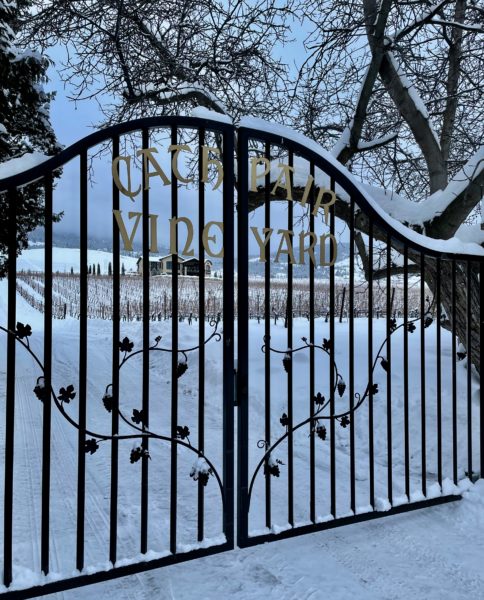
Snow cover is good as it insulates the stalks. If it is cold with little or no snow, growers may spray the vines with water to give them a protective layer of ice. In parts of France, smudge pots and even burning bales of hay have been used to protect vines in cold winters.
I hadn’t heard anything about this year’s situation, so I contacted two good friends and asked them what the word was concerning the impact of this year’s weather. Each one replied, “It depends,” and I loved it. Little in life is black or white, but rather almost infinite shades of grey and so it is with growing grapevines.
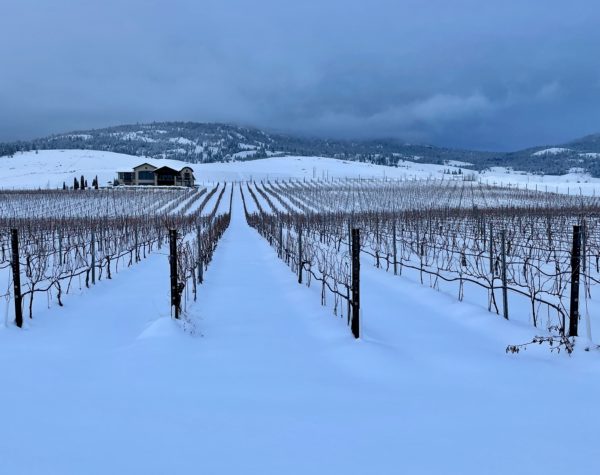
It depends on the location of the vineyard – latitude, slope, aspect, soil, etc. There are significant differences between the north Okanagan and the south. Sandier soils have better drainage and can make vines more susceptible to frost damage as water can act as an insulator.
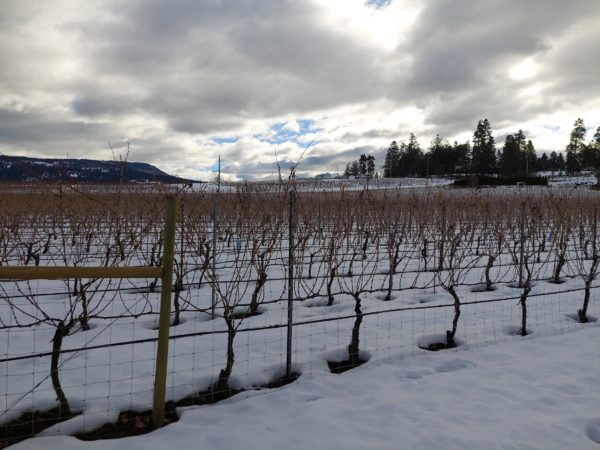
It depends on the grape variety. Early ripeners vs late ones. Merlot can often see more damage than other varieties. Cab Franc on the other hand tends to be hardier.
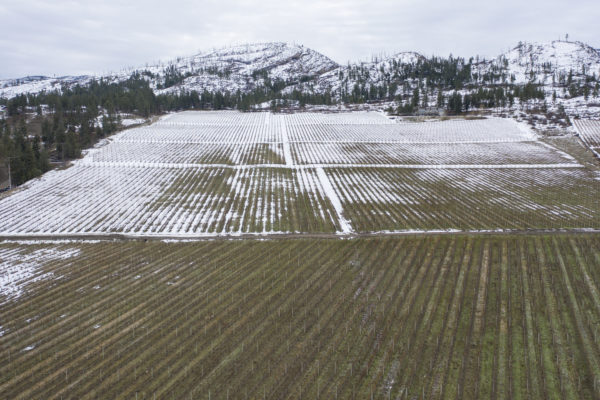
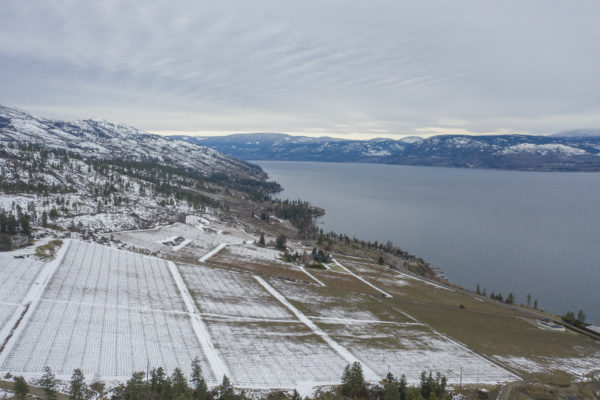
It depends on that year’s growing season. Were the grapes picked early or late?
It depends on how quickly the onset of cold temperatures is and how long they last. It depends on how cold it gets and for how long. “Another factor is how the cold hits…if it’s early in winter that is worse than later as the vines haven’t had as much time to harden off. Also, if the cold is sudden after a warm time that is worse than gradual cold”. “First, it depends on how cold it gets and for how long. -20C or colder generally can be an issue but also if it lasts days rather than just one day, that can be worse than a lower temp”. “And again, -27C is not good but still there are other factors that can mitigate.
Likewise, in the spring, it is best if things warm up gradually. Warm weather at the end of winter can fool the vines and they will have difficulty adjusting if the temperatures drop again.
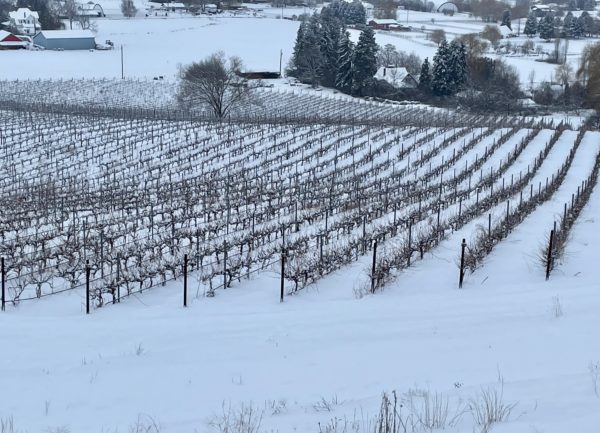
It depends on the depth of snow (deep snow helps insulate the vines)
It depends on many other factors as well. “So many variables; pruning type, soil composition, vine varietal, water management, etc. It’s both a science and an art” Also important is planting the right variety in the right location. European hybrid varieties such as Baco Noir, Seyval Blanc, and Vidal and their North American counterparts – Frontenac, Marquette, etc., are very cold tolerant (down to -25 to -28°C) and are often found along the midwest and eastern seaboard. Vitis vinifera – Chardonnay, Cabernet Franc, Cabernet Sauvignon, Gamay, Merlot, Pinot Noir, Riesling, etc. tend not to like temperatures below -22°C.
“Another factor is if the vine carried a small or high crop load the fall before. If a high crop, it may not get time for the wood to harden off properly and can result in more damage. Since overall last year was generally a low crop year, that will help some acreage”.
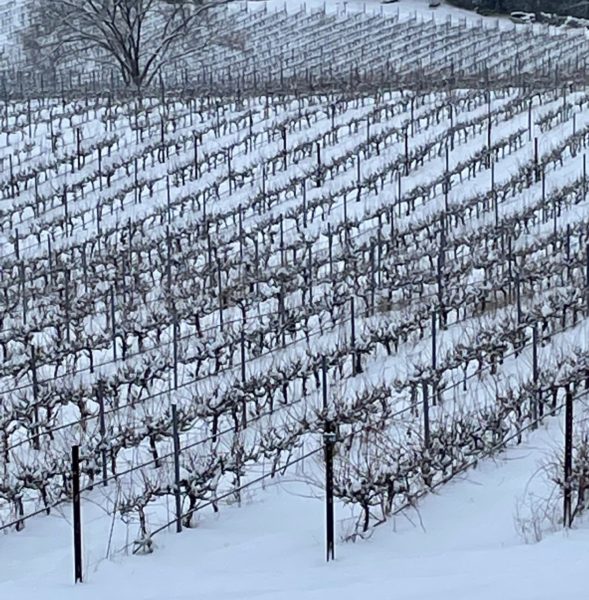
“Human factor for sure influences damage. For example, young vines that are asked to carry a crop too quickly by getting them to grow faster do not allow for good root establishment. That can affect a vine’s health including during cold weather” “Another factor is vine age. Very young vines are not well enough established to handle very cold temps”
“What many don’t realize is that if a winery decides to keep a higher crop rather than thin it down it is always a risk if they run into a bad winter. We have had so many mild winters for so many years I think this point has been lost on many”
“One year of bud damage affects the next few years, leading to pruning changes.”
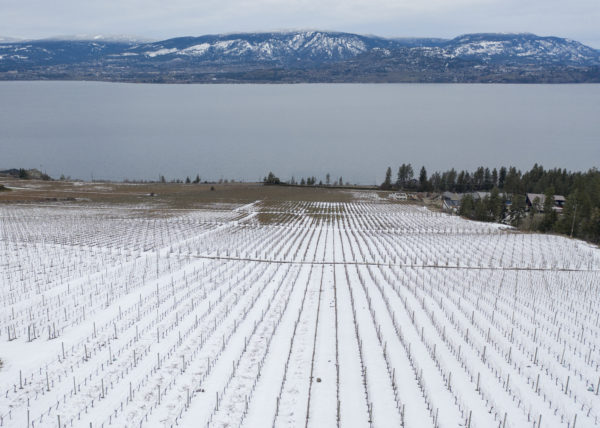
Here are a few additional quotes on this topic from a #BCWineChat discussion:
- “Michael Bartier posted today he was walking the vineyard and found little damage. Good news!”
- “I don’t think it got too cold on the Naramata Bench for us to be too concerned about bud damage this year. It did dip down to -20 but not for long. We had near those temps in the first year we planted our vineyard and everything was ok then”
- “Where I am in Oliver, it was -22C for 3-4 days.”
- “I know some vineyards in Ontario will dump various materials over the vines to “protect the roots” from the cold snaps they get there.”
- “The results of winter damage can be crown gall and actual trunk damage where the vineyard needs to be replanted. It’s not just a one year set back with a lower crop load sometimes”
- “Summary for BC and Cold Damage: 1) Too early to tell 2) Very site-specific 3) Vineyard practice specific 4) Damage for one winery does not mean damage in that entire region”. Eliana Bray
So, as you can see, it depends. It depends on a great many factors and it will vary from location to location. Some growers will suffer some loss, while others may experience a much greater loss. How that plays out for vintage 2022 remains to be seen. However, I am optimistic given what our viticulturalists have already had to contend with over the last thirty years.
*Huge thanks to the BC Wine Grape Council for more information on this topic than I ever could imagine. https://www.bcwgc.org/best-practices-guide
**Thanks to Sandra Oldfield and others at #bcwinechat for much of the above information.
(All photos, except as noted – Sam Hauck) Feature image: Photo courtesy of Nancy St. John, Intrigue Winery.

